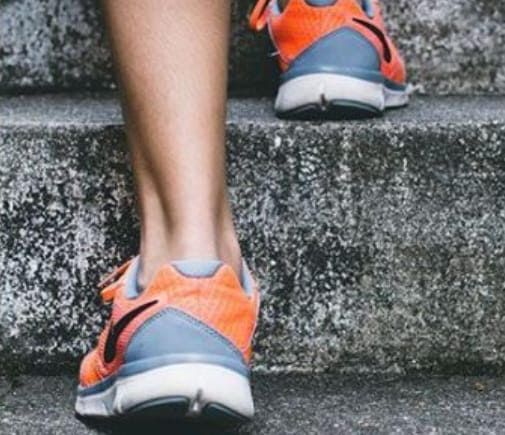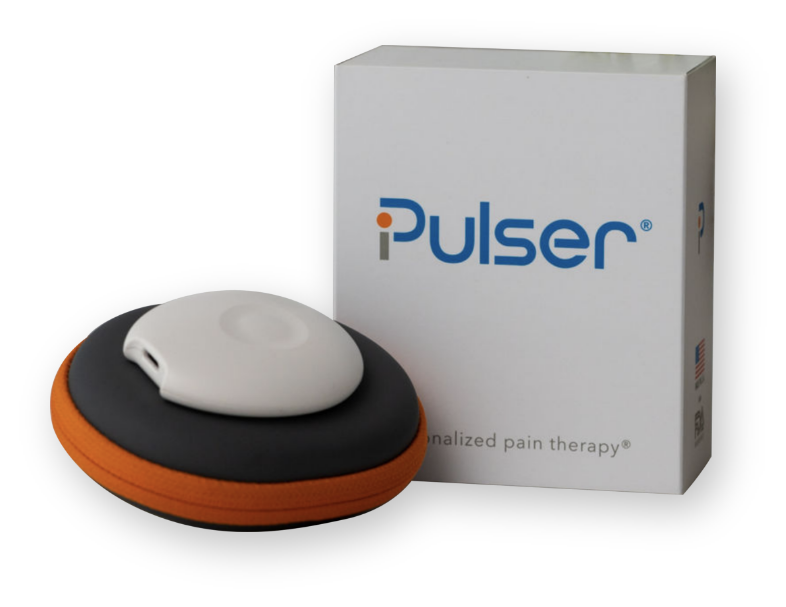If you experience pain while exercising you are not alone. Discomfort deters most of us from doing all the things we should. When you are in pain you don't feel like doing anything much less exercising. If you are one who experiences chronic pain, exercise ironically helps alleviate it. The last thing you may want to do is move around but doing so strengthens your joints, muscles and even your bones. There are some easier ways to get physical exercise without overexerting yourself.
How Can I Be Active When In Pain?
There are some great ways to exercise that do not feel harsh on the body. Swimming is a great exercise that is easy on the joints. The water provides a sense of weightlessness, taking the load of tired feet and leg muscles. You can even use a board or float to give you more stability to isolate certain muscles and exercises. Swimming burns calories and gets you outside in nature, as well as and absorbing vitamin D, both of which have shown to help with chronic pain, depression, and fatigue. Yoga is another mild exercise with great benefits. Yoga promotes strength training and stretching. Stretching helps lengthen muscles and decrease injury.
It is best to start with exercises like these before moving to more physically intense regimens. Biking is another great exercise to incorporate that is easier on the body. If walking is too much at times, try cycling. Biking engages most muscles in the body, and it feels easy and enjoyable to ride a bike. If you experience chronic pain, it’s a great idea to talk with your doctor first before beginning a new exercise routine. It’s always best to take it easy and slowly increase intensity once you are feeling good. Always remember to warm up properly and stretch. Using heat and cold packs after working out can help alleviate soreness related to exercise. Being consistent with your exercise plan will also strengthen your muscles so you aren’t so sore from exercise.
Is It Good To Exercise When In Pain?
You may have experienced the soreness from beginning to exercise after not doing so for a period of time. Even weeding the garden or moving furniture around out of nowhere can leave you with sore aching muscles. There is a difference between that pain and pain that screams at you. Pain usually signifies to the brain to stop all activity. Rest is good and necessary in many circumstances.
However, resting too long can actually cause more damage to an injury. Most physical therapists will get you using little movements to strengthen an injured area. Exercise improves mood, reduces severity of discomfort, and enhances mental health.
Can You Exercise With Chronic Pain?
Most days you may not feel like you are up for exercising. But exercising while suffering with chronic pain may serve as the most effective tool in alleviating it. It may not sound like it makes sense, but research proves otherwise. It is not always easy to cultivate motivation, but it could bring you one step closer to feeling better.
There will be days if you have not already experienced them where your pain is just too great and you feel like staying in bed all day. Signing up for classes that require a commitment may help bring more motivation on those days where you have none. Finding someone to go on walks with you or help keep you accountable may also help. These tiny steps can help you not feel so isolated and alone. Reminding you that it is worth the fight.
What Is The Best Exercise To Relieve Lower Back Pain?
Like mentioned earlier, aquatic exercise is a great way to work out and not put pressure on overburdened areas. If swimming is not possible or desired, one may try yoga. You could sign up for classes or work out at home through videos. There are many back pain-relieving poses. They will not only increase flexibility but relieve tension and enhance mood. The downward dog pose and child’s pose are two fundamental yoga positions that help stretch the lower back and relax the surrounding muscles.
What Are Low Impact Exercises For Back Pain?
Integrating low-impact exercises every day can help release tension and improve muscle health. Here are some examples of low impact cardio exercises you can try:
- Stretching
- Step workouts
- Swimming
- Yoga
- Pilates
- Biking
- Walking
- Intermediate Hiking
- Rowing
- Elliptical machine
- Stationary Bike
- Resistance Band Exercises
- Weight Lifting
- Dancing
- Zumba
- Tai Chi
- Golf
Is Yoga Good For Pain Management?
Yoga is an excellent exercise to help with pain management. Not only does it help improve flexibility and strength, but it reduces stress. Many studies suggest yoga improves your range of motion and decreases inflammation in the body. Incorporating a yoga practice also helps with one’s perception. The way a person views discomfort and their general mood plays a part on how they manage their pain. People who regularly practice yoga often have a more positive outlook on life.
What Classes Can I Join For Activity While In Pain?
Your local recreation center may offer a variety of low-impact activities or classes. It might be nice to find a Tai Chi or aquatic aerobics class. There are also classes you might find on social media. Support groups that get together and exercise or walk with one another. There are many people out there who suffer from chronic discomfort and want to do something about it.
How Does Movement Help With Pain?
Movement helps with pain by activating our bodies response system to cultivate vitality within our bodies. If we were to lose the ability to move a body part, that body part over time would lose muscle mass. Without movement, we would lose functioning and our ability to connect with that part of our body. Blood flow would be occuring, but that part of our body would begin to deteriorate because of lack of motion.
Movement communicates to our body to live and prosper. In particular ways, movement and exercise build strength, endurance, and our health. Most people who never exercise are not healthy, many are sick. Staying as active as you can will help support your immune system and other body organs that help reduce pain. Incorporating a low-impact exercise regimen can help manage your discomfort. Being patient with yourself is key to healing and recovery.
Resources:
https://www.spineuniverse.com/wellness/exercise/7-tips-exercising-when-you-have-chronic-pain https://www.ncbi.nlm.nih.gov/pmc/articles/PMC5461882/#:~:text=For%20many%20years%2C%20the%20treatment,mental%20health%2C%20and%20physical%20functioning.
https://uihc.org/sites/default/files/exercises_for_chronic_pain.pdf
https://www.healthline.com/health/exercises-to-reduce-chronic-pain
https://coloradopaincare.com/the-benefits-of-stretching-for-chronic-pain/
https://www.latimes.com/archives/la-xpm-2010-jul-05-la-he-pain-exercise-20100705-story.html








